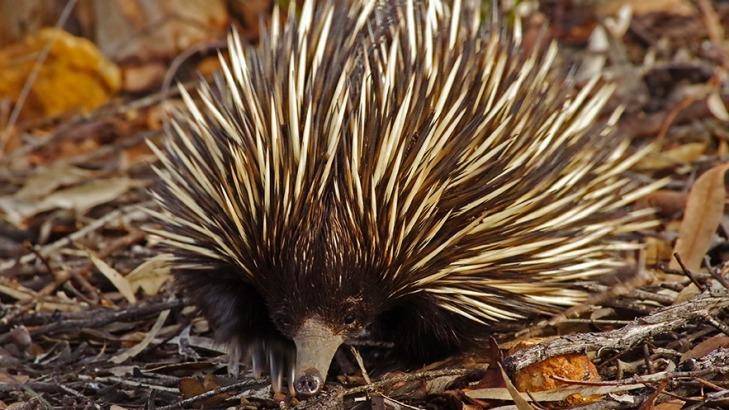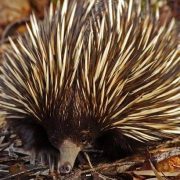Spiky citizen science
The echidna is certainly one of Australia’s iconic species but relatively little is known about these shy, spiky monotremes. A University of Adelaide project is trying to fill the knowledge gaps about echidnas and their wild populations. And you can get involved!
Researchers at the University of Adelaide have been studying the molecular biology of the planet’s oldest mammals, the platypus and echidna, and are asking the general public to contribute data to their research. There are only two wild populations of echidnas that have been extensively studied, one in Kangaroo Island and one in Tasmania, but very little is known about mainland populations.
The Echidna: Conservation Science Initiative project is trying to alter this by collecting a large enough data set from all around Australia to confer knowledge on population abundance, threats and possible conservation actions, all without having to track or capture these animals.

How can you help? If you see an echidna in the wild, or even your own backyard, take a photo or video and if you can find some poo that’s even better! DNA and hormones contained in the scats can provide information on the echidna’s environment, diet, health, stress levels and even reproductive status.
You will also need to record information of location, date and time of the scat sample collection and
observation photos of echidnas. Then send the scat in for analysis and upload the information into the Atlas of Living Australia.
You can also download the Echidnas CSI app to your phone, which will record date, time and location automatically and you won’t need to input this data manually: http://grutznerlab.weebly.com/echidna-csi.html
You can find more information on the project on the Atlas of Living Australia website or type ‘echidna CSI’ into your search engine.

